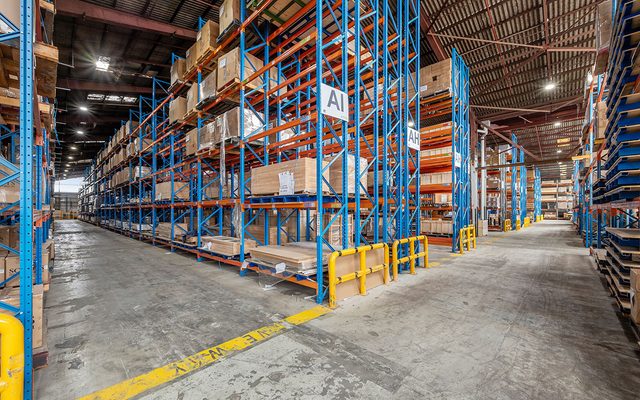This article is from the Australian Property Journal archive
THE surge in fuel prices following Russia’s invasion of Ukraine is tipped to push up rents in industrial infill markets over the next five years, as operators look to position their stock close to the end consumer.
Petrol and diesel has hit $2.30 a litre in some cases and with trucks carrying approximately 35% of goods and freight, occupiers with the ability to locate centrally and near efficient freight corridors will be able to cut down their transport costs, and offset the higher warehouse rents being paid when compared to outer ring industrial precincts.
Five years of “significant rental growth” is expected by Colliers for infill markets as industrial occupiers look to strengthen their position in these markets.
Colliers managing director of industrial, Gavin Bishop said that from a logistics perspective, the benefits of positioning products close to higher population density locations can translate into significant savings in transportation costs, which can count for up to 50% of the overall supply chain cost – of which fuel is the largest contributor at around 30%.
“As a result, we expect that logistics operators will increasingly prioritise their geographic footprint over rental costs,” he said.
Rents in infill markets along the east coast, such as Milperra in Sydney’s inner south west have outperformed outer ring locations in 2021, seeing an influx in demand from transport and logistics operators. Prime growth of almost 9% was recorded, compared to 4.5% for outer ring submarkets.
Going into this year Knight Frank said leasing take-up volumes along the east coast were running 31% above their long-run average, while pre-leasing activity for new buildings had grown by 11%.
“In our view, we are bullish on the rental growth prospects for infill markets, and significant rental growth is forecast over the next five years which follows an extended period of very modest growth,” Colliers director of research, Luke Crawford said.
“While yield compression has provided the backbone for growth in asset values in recent years, growth going forward will be further underpinned by the pick-up in rents, particularly given the potential headwinds around higher funding costs.”
An issue with infill markets is lack of supply and that existing stock often older and unsuited to modern occupiers. Major institutions like Gateway, ESR, Halecap, Stockland, Centuria, Logos and Nashcap have recognised the rental reversion potential for many infill locations and have targeted the precincts for repositioning and redevelopment opportunities. Charter Hall’s wholesale PGGM Industrial Partnership last month bought a 1.56 hectare brownfield site in Brisbane’s Bowen Hills.
In some cases, multi-level warehouse developments are being explored. ESR, the pan-Asian logistics giant, has just spent $152 million buying 7.71 hectares of land at 270-286 Horsley Road in Milperra with plans for a multi-storey project.
“Institutional ownership in infill markets is expected to increase substantially over the next five years as private and owner occupiers take advantage of current pricing within the sector,” Bishop said.
“In turn, this will spur on new development within these land-constrained markets, which will benefit occupiers looking to cut their transport costs and enable new levels of supply chain efficiencies by occupying space in these locations.”




